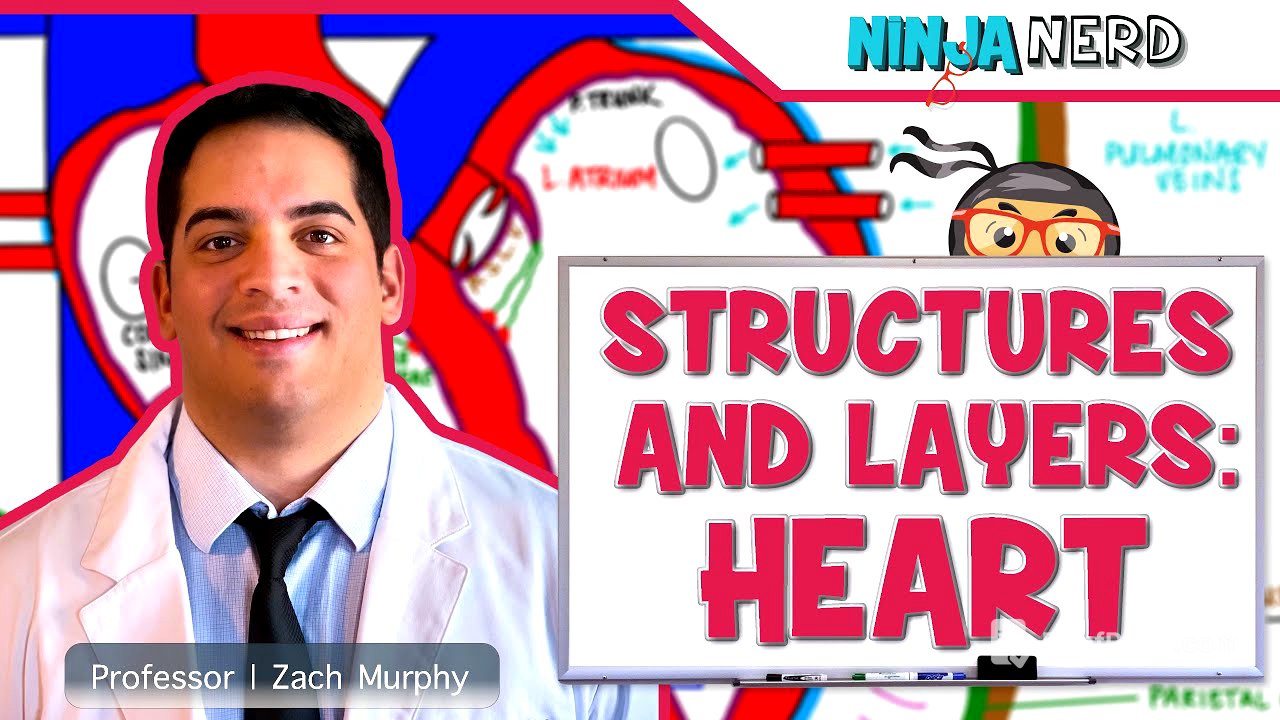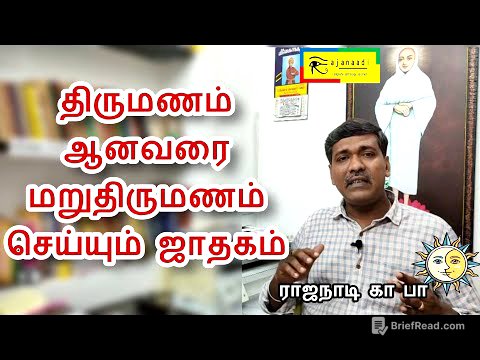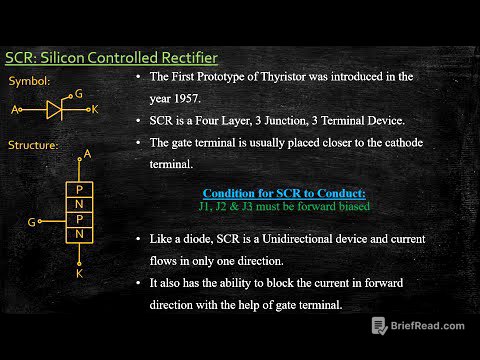TLDR;
Namaste Ninja Nerds! This video is all about the heart's anatomy and its layers. We'll explore where the heart is located, its chambers (atria and ventricles), the great vessels, valves, and the three layers that make up the heart wall: endocardium, myocardium, and epicardium. We'll also discuss the pericardium and its role in protecting the heart.
- Heart is located in the mediastinum, shifted 2/3 to the left.
- Atria receive blood, ventricles pump it out.
- Valves ensure one-way blood flow.
- Heart wall has three layers: endocardium, myocardium, and epicardium.
- Pericardium protects the heart and prevents overfilling.
Introduction to Heart Anatomy [0:08]
The heart is located in the thoracic cavity, specifically within the mediastinum. It's not perfectly centered; about two-thirds of it is shifted to the left of the midsternal line. The apex of the heart points towards your left hip, while the base points towards your right shoulder. A normal heart weighs around 200 to 300 grams, roughly the size of your fist.
Chambers of the Heart: Atria [1:20]
The heart has four chambers: two atria (right and left) on top and two ventricles below. The right atrium receives deoxygenated blood from three major vessels: the inferior vena cava (IVC) bringing blood from below the diaphragm, the superior vena cava bringing blood from above the diaphragm, and the coronary sinus draining blood from the heart muscle itself. There's also a scar tissue called the fossa ovalis, a remnant of the foramen ovale in the fetus. The SA node, which sets the heart's rhythm, is also located in the right atrium. The left atrium receives oxygenated blood from the pulmonary veins coming from the lungs.
Valves of the Heart [5:07]
Valves ensure one-way blood flow between the atria and ventricles. The tricuspid valve (or right atrioventricular valve) separates the right atrium from the right ventricle. The bicuspid valve (also known as the mitral valve or left atrioventricular valve) separates the left atrium from the left ventricle. These valves are made up of three layers: the zona fibrosa, zona spongiosa, and zona ventricularis, covered by an endothelial lining.
Chordae Tendineae and Papillary Muscles [6:57]
The valves are anchored by chordae tendineae, which are collagen cords that attach to the valve cusps. These cords are connected to papillary muscles, which are peg-like muscles that protrude from the ventricular walls. The papillary muscles keep the chordae tendineae taut, preventing the valve flaps from prolapsing back into the atria during ventricular contraction. If these muscles become ischemic due to a heart attack, they can weaken, leading to valve regurgitation (backflow of blood).
Ventricles and Semilunar Valves [9:22]
The right ventricle pumps deoxygenated blood to the lungs through the pulmonary trunk, passing through the pulmonary semilunar valve. The left ventricle, a powerful pump, sends oxygenated blood to the rest of the body through the aorta, passing through the aortic semilunar valve. These semilunar valves also prevent backflow of blood.
Septa and Great Vessels [11:41]
The interventricular septum separates the right and left ventricles, preventing blood mixing. A defect in this septum is a congenital disorder. The interatrial septum separates the atria. The pulmonary trunk splits into the left and right pulmonary arteries, carrying blood to the lungs. The aorta arises from the left ventricle and ascends as the ascending aorta, then arches as the aortic arch. Three major vessels branch off the aortic arch: the brachiocephalic trunk (which splits into the right common carotid and right subclavian arteries), the left common carotid artery, and the left subclavian artery.
Layers of the Heart [15:14]
The heart wall consists of three layers. The innermost layer, the endocardium, is made up of endothelial tissue and lines the inner chambers and valves. The middle layer, the myocardium, is the thickest layer and consists of cardiac muscle tissue. The left ventricular myocardium is thicker than the right because it has to pump blood to the entire body. The outermost layer, the epicardium (also known as the visceral layer of the serous pericardium), is a serous membrane.
Pericardium [17:36]
The pericardial cavity, located between the epicardium and the parietal layer of the serous pericardium, contains pericardial fluid, which reduces friction during heartbeats. The outermost layer, the fibrous pericardium, is made of dense irregular connective tissue and has three main functions: anchoring the heart to surrounding structures, protecting the heart from trauma, and preventing the heart from overfilling with blood. The mitral and aortic semilunar valves are also covered with endocardium.









